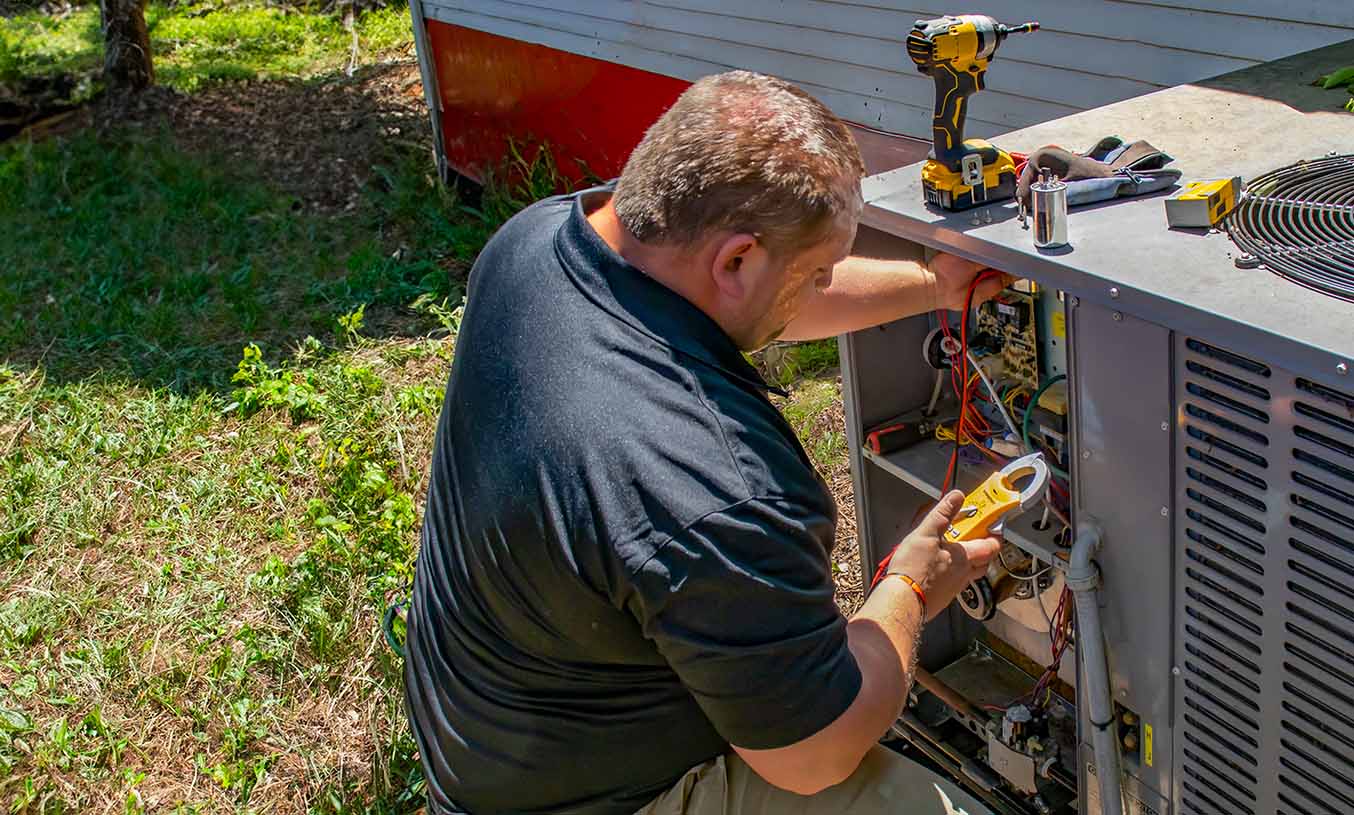

Energy-efficient Systems
Your trusted partner for professional home services. Quality workmanship, guaranteed satisfaction.




- HEP
- Energy-efficient Systems
Energy-efficient Systems | Air Conditioning | Heating and Air Conditioning | Crossville
When Crossville’s summer heat starts to rise, HEP’s energy-efficient systems deliver cool comfort without draining your wallet. Our certified technicians tailor air conditioning solutions to the unique layout of your home, using high-performance equipment that lowers utility bills while keeping every room refreshingly consistent. From rapid repairs to complete system upgrades, we arrive on time, respect your space, and back our work with transparent warranties so you can relax in dependable, whisper-quiet comfort.
Choosing HEP means choosing smarter climate control. We pair cutting-edge SEER-rated units with precision installation practices, ensuring maximum efficiency, healthier indoor air, and a smaller carbon footprint. Whether you’re replacing an aging unit or planning new construction, our team guides you through product options, rebate opportunities, and maintenance plans that extend system life—because staying cool in Crossville shouldn’t come at the cost of your peace of mind.
FAQs
What makes an air-conditioning system “energy-efficient” in Crossville, and how is that efficiency measured?
An AC unit is considered energy-efficient when it delivers the required cooling while consuming less electricity than standard models. The primary measurement for cooling equipment is SEER2 (Seasonal Energy Efficiency Ratio 2). The higher the SEER2 rating, the less energy the system needs to provide the same comfort level. In Tennessee, new split-system air conditioners must carry a minimum SEER2 of 14.3, but many high-efficiency models reach 18–25 SEER2. Features such as variable-speed compressors, electronically commutated (ECM) blower motors, smart thermostats, and enhanced coil designs all contribute to higher efficiency in our humid Cumberland Plateau climate.
Will a high-efficiency heat pump or dual-fuel system really work in Crossville’s four-season climate?
Yes. Crossville’s moderate winters and warm, humid summers are ideal for modern heat pumps. Today’s inverter-driven heat pumps maintain their full heating capacity down to 17 °F and still operate efficiently below 0 °F, temperatures rarely seen here. For homeowners who want extra peace of mind, a dual-fuel system pairs an electric heat pump with a high-efficiency gas furnace, automatically switching to the most economical fuel based on outdoor temperature. This approach maximizes savings, ensures year-round comfort, and meets the latest DOE efficiency standards.
How much can I expect to save on my utility bills by upgrading to a high-efficiency air conditioner?
Savings depend on the age and condition of your current unit, local utility rates, and household usage patterns. Replacing a 10-year-old 10-SEER system with an 18-SEER2 model can reduce cooling costs by 40–50 %. In Crossville, where July highs average 85 °F and humidity pushes ACs to run long cycles, many homeowners report annual savings of $300–$600. When combined with a programmable or smart thermostat and proper duct sealing, payback periods of 5–7 years are common, after which the lower monthly bills are pure savings.
Are there rebates, tax credits, or local incentives for installing energy-efficient HVAC equipment in Crossville?
Absolutely. Through 2032, the federal Inflation Reduction Act (IRA) offers a 30 % tax credit—up to $2,000—for qualifying air-source heat pumps and up to $600 for high-efficiency air conditioners. Tennessee Valley Authority (TVA) and Volunteer Energy Cooperative (VEC) periodically give $150–$400 bill credits or low-interest loans for ENERGY STAR® equipment. Cumberland County homeowners may also qualify for up to $1,000 in rebates for duct sealing and insulation when bundled with a high-efficiency system. Our team keeps current rebate forms on hand and will file the paperwork for you to ensure you receive every available dollar.
How important are proper sizing and professional installation for achieving maximum efficiency?
Oversizing or undersizing an HVAC system can erase the benefits of even the most advanced equipment. A unit that’s too large will short-cycle, causing humidity problems, uneven temperatures, higher energy use, and premature wear. Too small, and it will run continuously without reaching the set point. We perform a Manual J load calculation that factors in square footage, insulation levels, window orientation, and occupancy to select the right capacity—usually 1 ton of cooling for every 550–700 ft² in Crossville’s climate. Equally critical are correct refrigerant charge, airflow balance, and sealed ductwork; the DOE estimates poor installation can cost homeowners up to 30 % in lost efficiency.
What maintenance does an energy-efficient AC system require to keep it operating at peak performance?
Preventive maintenance protects your investment and maintains manufacturer warranties. Key tasks include: (1) replacing or washing filters every 30–90 days; (2) cleaning the outdoor condenser coil each spring; (3) verifying refrigerant charge and inspecting for leaks; (4) flushing the condensate drain to prevent backups; (5) tightening electrical connections and checking voltage; and (6) testing thermostat calibration and system controls. We recommend a spring cooling tune-up and a fall heating check for heat-pump owners. Regular service can restore up to 15 % of lost efficiency and extend equipment life by 3–5 years.